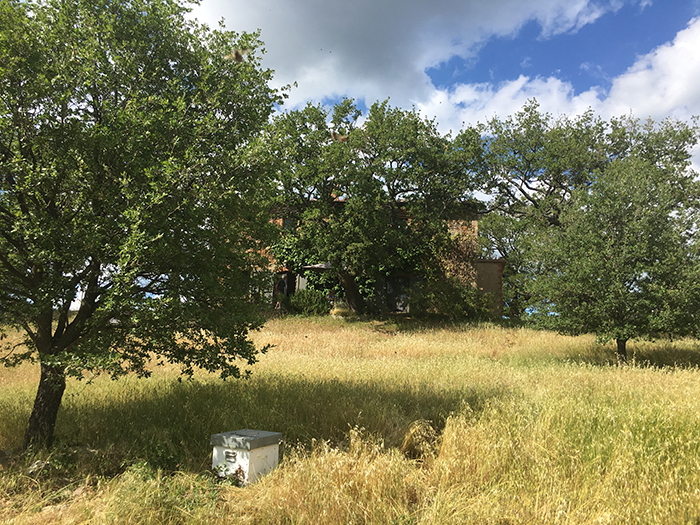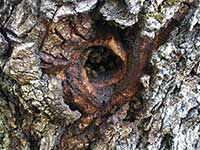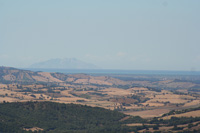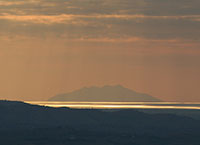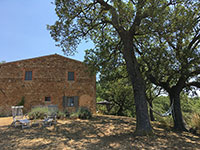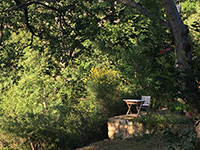Bee colonies
Castes
Bees constitute a number of families, with some 20,000 species. They possess the most astonishing knowledge of engineering and architecture in the animal kingdom, stand out from many other creatures in terms of their social lives, and amaze scientists who study their means of communication.
The bees dealt with in this book possess rather different properties from other insect species. They live in colonies, building their nests in tree trunks or similar closed areas. A bee colony consists of a queen, a few hundred males, and from 10,000 to 80,000 workers. Of these three very different-looking bees, two-the queen and the workers-are female.
There is one queen to each colony, and she is much larger in size than the other bees. Her main task is to lay eggs. Reproduction can take place only by means of the queen, and no other females are able to mate with the drone males. In addition to laying eggs, the queen also secretes important communicative substances that maintain the unity of the colony and the working of the various systems inside it.
The drones are larger than the female w or kers, though they lack stings and the necessary organs to collect food for themselves. Their only function is to fertilize the queen. The worker bees perform all such other tasks that you might imagine, including making the waxen combs in the hive, gathering food, producing royal jelly, regulating the temperature in the hive, cleaning it of debris and defending it. [2]
Bee collecting pollen
Bees collect pollen in their pollen baskets and carry it back to the hive. In the hive, pollen is used as a protein source necessary during brood-rearing. In certain environments, excess pollen can be collected from the hives of A. mellifera and A. cerana. It is often eaten as a health supplement. It also has been used with moderate success as a source of pollen for hand pollination However, pollen collected by bees and harvested for pollination must be used within a few hours because it loses its potency rapidly, possibly because of the effects of enzymes or other chemicals from the bees.
YouTube | Bees in the garden - Catching a swarm of bees at Casa Vacanze Podere Santa Pia
|



